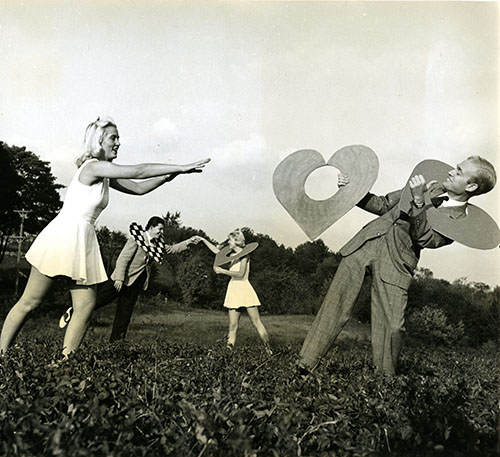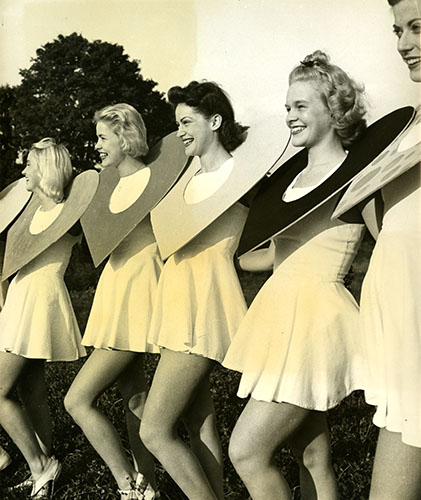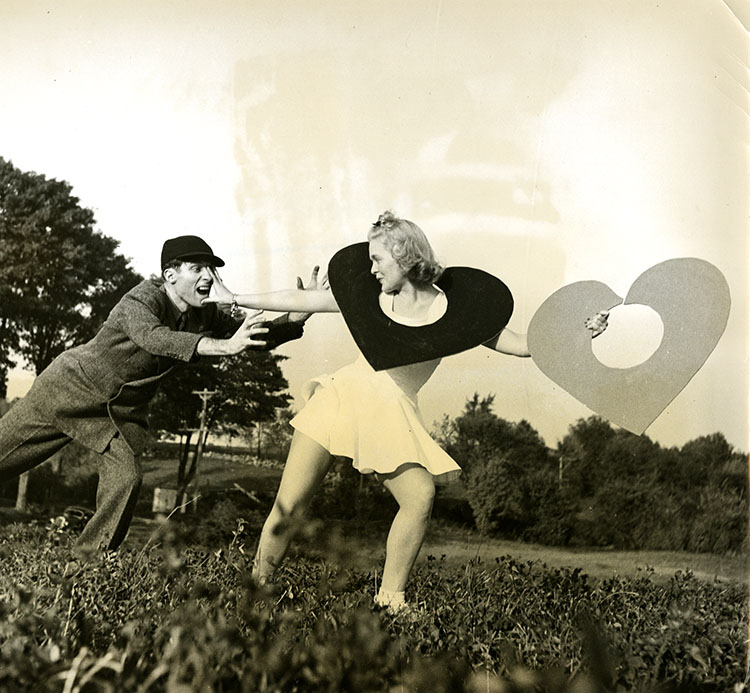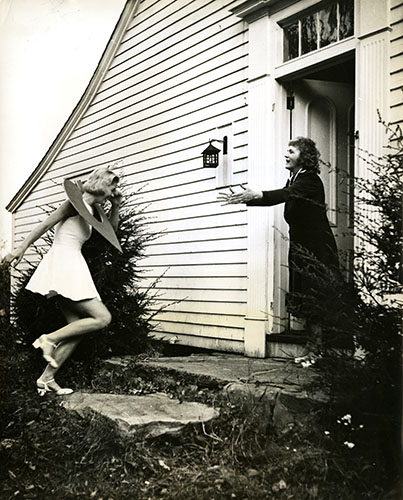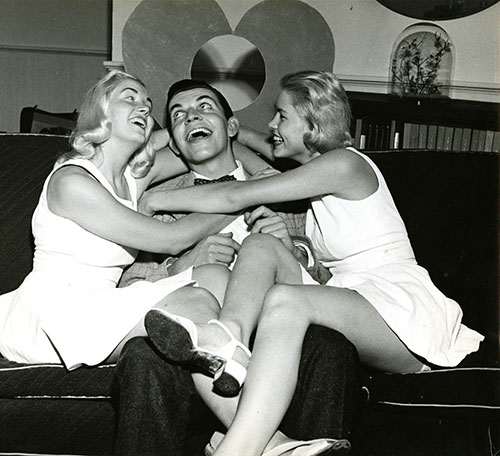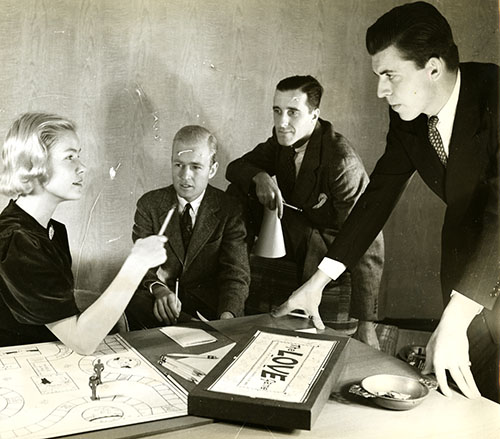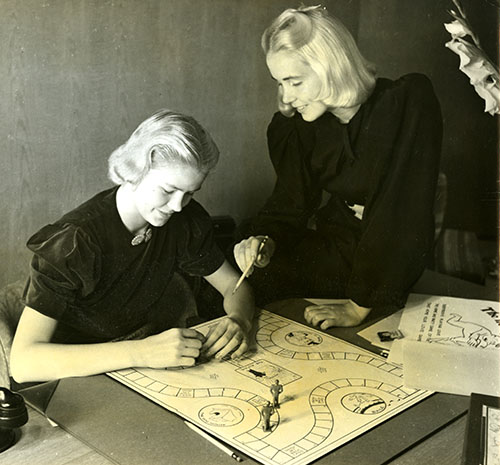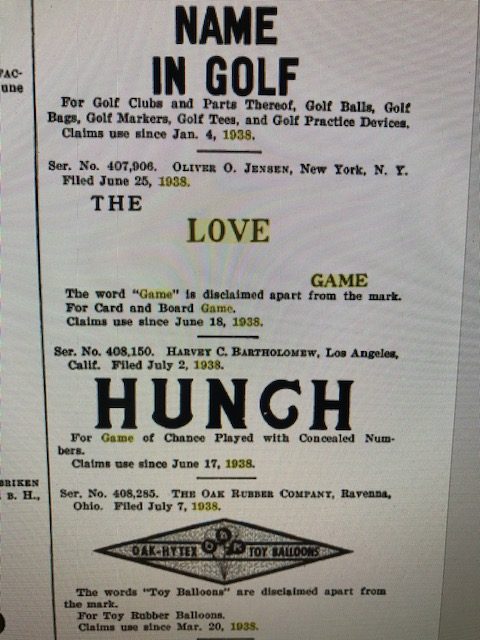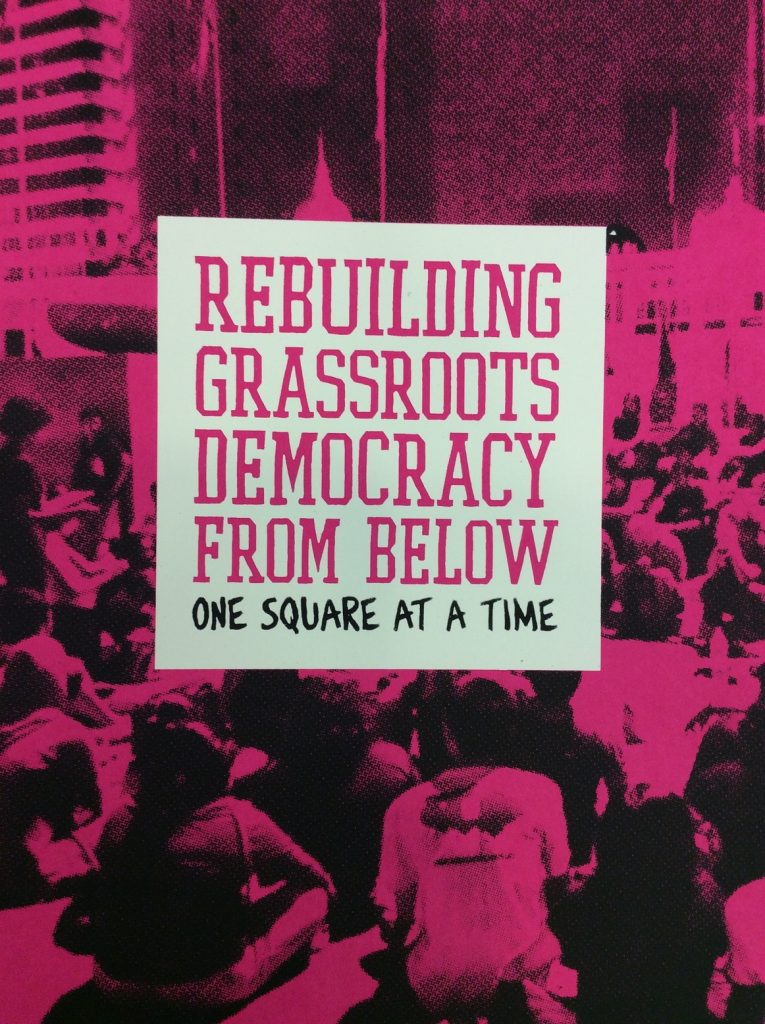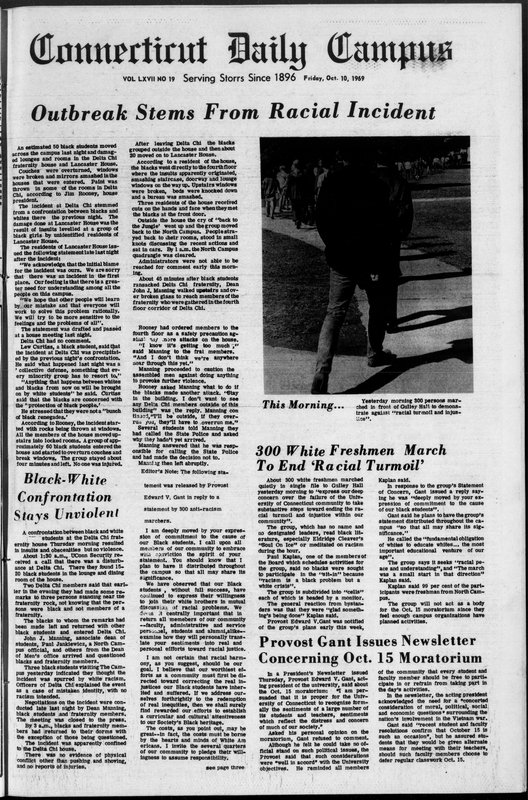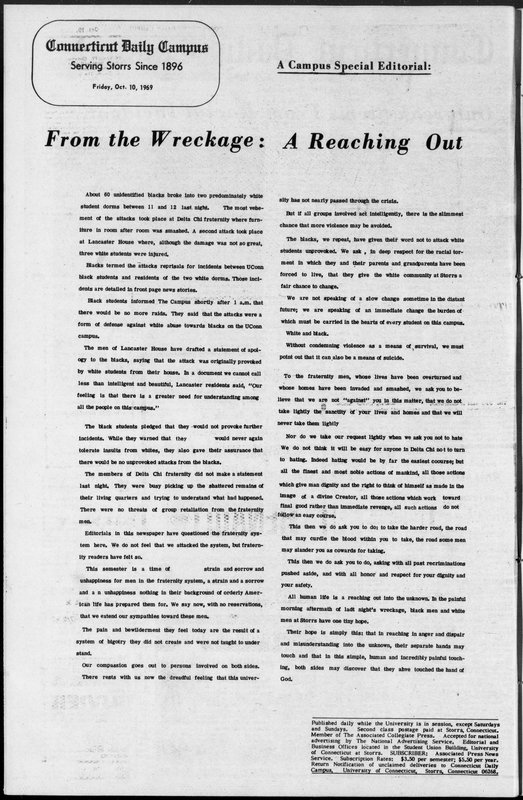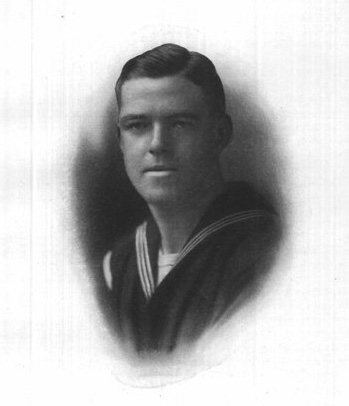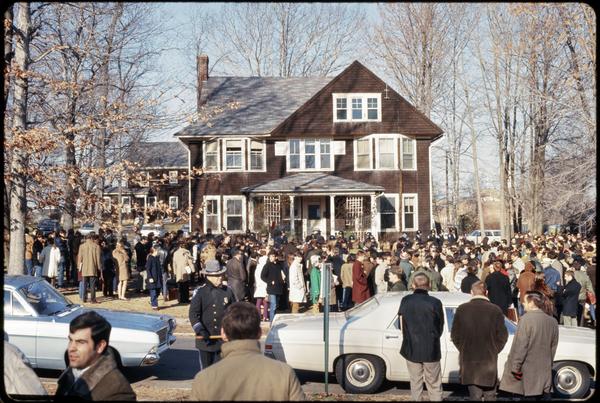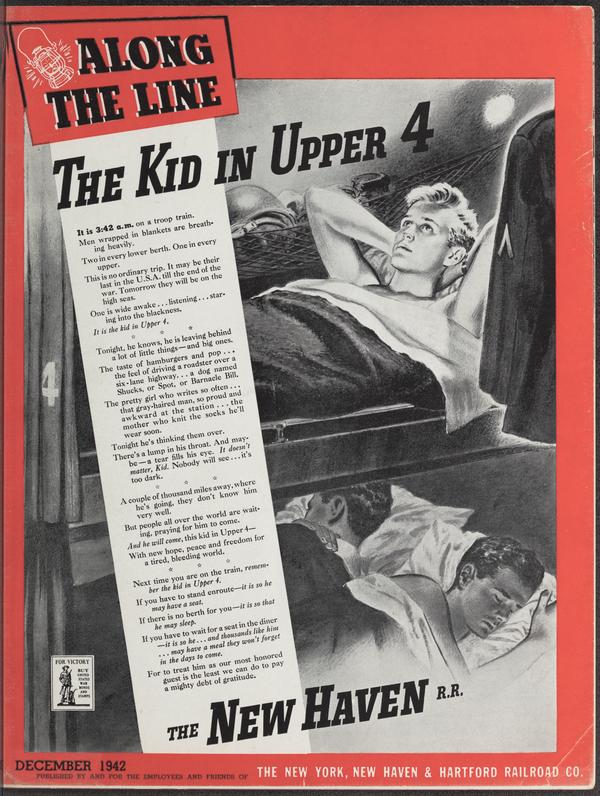[slideshow_deploy id=’9110′]
For many, the gay liberation movement began on June 28, 1969. At the Stonewall Inn, a bar located in New York City’s Greenwich Village, patrons and neighborhood residents fought back against a violent police raid in the early morning hours. The crowd’s fierce resistance against law enforcement quickly grew into an uprising that lasted six days and signaled the arrival of a militant and confrontational movement for the liberation of LGBTQ+ people.
For students attending the University of Connecticut, something like their own Stonewall moment came a few years later, in the 1971-1972 academic year. By then, the UConn Gay Alliance, founded in 1967 by Peter Aubichon and Paul Harrison, had grown from a small private group to an officially recognized student organization. As part of its activities, the organization began to hold dances at the Inner College trailer on campus.
Around 2:00 am on the night of the first dance, some fraternity members “started screaming obscenities, yelling, and throwing bottles and rocks” at the trailer and those gathered outside. But similar to Stonewall, those attending the dance fought back. “Of course we started yelling back like maybe we could start something, like crack their heads,” one of dance attendees later recounted, “It was amazing!”
The meetings, dances, and other activities organized by the UConn Gay Alliance proved that by the early 1970s, the gay liberation movement had arrived on campus. Yet the State of Connecticut and its flagship university had long been home to various forms of LGBTQ+ activism and organizing.
In the 1950s, the homophile movement took shape as LGBTQ+ people began to organize and agitate for their rights. Groups like the Mattachine Society, ONE, Inc., and the Daughters of Bilitis sought to raise awareness, unify LGBTQ+ people, and challenge widespread social stigmas. Yet unlike later struggles for gay liberation, the homophile movement adopted a more cautious and gradual approach.
In the early 1960s, Foster Gunnison, Jr., who had arrived in Hartford, Connecticut, to pursue a master’s degree at Trinity College, began to immerse himself in the homophile movement. He offered his services as a secretary to the Eastern Conference of Homophile Organizations (ECHO), an early coalition of organizations working to create a national homophile organization. Then, in 1966, he was appointed Chair of the Credentials Committee for the North American Conference of Homophile Organizations (NACHO).
From 1965 to 1969, Gunnison collected the office and conference records of ECHO and NACHO, along with the records and periodicals of several LGBTQ+ organizations throughout the United States. During this period, Gunnison even founded his own organization, the Institute for Social Ethics (ISE) and in 1967 wrote the pamphlet, An Introduction to the Homophile Movement.
While Gunnison busied himself with preserving and documenting the homophile movement, students such as Daniel Campbell explored the spaces opened up by a burgeoning counterculture back on the University of Connecticut campus. Campbell attended UConn as a graduate student in 1967-68. In a poignant memoir, Campbell describes his pre-Stonewall experience on campus. “We may have been closeted to one degree or another,” he writes, “but we did not live in isolation.”
The rise of the counterculture and the hippie movement supplied a shared context. As young men faced the prospect of the military draft, and young women, the loss of their brothers and boyfriends, “they escaped into a separate reality and took liberties no generation had dared take before.” Campbell notes that LGBTQ+ people “shared in those liberties” in different ways. For Campbell and others, the popular slogan, “the personal is political,” became an everyday reality.
In the 1980s, The HIV/AIDS crisis that racked the LGBTQ+ community also generated notable forms of organizing and activism in Connecticut. The Connecticut Women’s Educational and Legal Fund (CWEALF), a non-profit public interest law firm founded in 1973, originally sought to help women gain equality under the law. But along with this mission, CWEALF began to hold conferences and other events in Hartford and around Connecticut to share information about HIV/AIDS and provide the LGBTQ+ community with resources to secure their legal rights.
Much of the LGBTQ+ activism, organizing, and educational work that continued in the 1990s and the first decades of the twenty-first century also made their mark on the University of Connecticut and around the state. After several years of organizing, planning, and lobbying by students and staff, UConn opened the Rainbow Center on campus in 1999. Still operating today, the center is dedicated to serving the needs of the LGBTQ+ community on campus. Throughout this period, LGBTQ+ activists and organizations across Connecticut also helped lead the movement for marriage equality, both in the state and the nation.
If you’d like to learn more about the history of LGBTQ+ activism and organizing at the University of Connecticut and across the state, Archives & Special Collections holds a wealth of material that may interest you. Among some of our relevant collections are:
University of Connecticut, President’s Office Records The collection comprises extensive material, especially administrative files and correspondence, from the offices of UConn’s various presidents. The records of presidents Homer D. Babbidge (1962–1972) and John A. DiBiaggio (1979-1985) are particularly useful. Both contain correspondence and other material relating to LGBTQ+ issues on campus, such as the emergence and activities of the gay liberation movement in the early 1970s. The finding aid for Homer Babbidge’s office records can be accessed here: https://archivessearch.lib.uconn.edu/repositories/2/resources/789 and the finding aid for John A. DiBiaggio’s office records can be accessed here: https://archivessearch.lib.uconn.edu/repositories/2/resources/603
Alternative Press Collection The Alternative Press Collection (APC) includes thousands of national and international newspapers, serials, books, pamphlets, ephemera and artifacts documenting activists and organizations from the 1800s to the present. Alongside the President’s Office Records, the APC files provide a bottom up look at LGBTQ+ organizing at UConn. Especially notable are materials from the Storrs Gay Coalition and the UConn Gay Alliance. The APC also contains voluminous materials from other LGBTQ+ organizations in Connecticut and throughout the United States. The APC can best be consulted using the card catalog available at Archives & Special Collections, though some digitized materials can be accessed here: https://archives.lib.uconn.edu/islandora/object/20002%3A19920001APCFiles
Daniel R. Campbell Papers The papers comprise a manuscript, a published article, and copies of photographs from Daniel R. Campbell, who attended UConn in 1967-1968 and was one of the first openly gay students on campus. The manuscript describes Campbell’s experiences at UConn and elsewhere, and offers insight and perspective on pre-Stonewall LGBTQ+ culture on campus. Campbell describes his life during this period, some discrimination he faced on campus, his interactions with students and professors, and comments on the wider culture of the late-1960s. In particular, Campbell highlights the hippie movement and the counterculture as helping to open space for living as an openly gay person during this period. The finding aid can be accessed here: https://archivessearch.lib.uconn.edu/repositories/2/resources/284
University of Connecticut, Rainbow Center Records The collection comprises administrative records, financial records, correspondence, publications, and other materials such as newspapers, brochures, pamphlets, and posters associated with the UConn Rainbow Center. The center was founded in 1999 after several years of organizing, planning, and lobbying by students and staff. The center is dedicated to supporting the needs of the LGBTQIA+ members of the campus community, and the collection documents the center’s history and activities up to the present day. The finding aid can be accessed here: https://archivessearch.lib.uconn.edu/repositories/2/resources/962
Foster Gunnison, Jr. Papers The collection comprises personal correspondence, organizational records, conference proceedings, serial publications and periodicals, posters and fliers, buttons, newspaper clippings, and photographs relating to LGBTQ+ activism in the 1960s and 1970s, as well as other issues such as smoker’s rights and barbershop quartets. Foster Gunnison, Jr. collected a range of materials from the homophile movement in Connecticut and across the United States, and later founded his own organization, the Institute for Social Ethics (ISE). The collection provides materials on a wide range of LGTBQ+ organizations in Connecticut, many of which have been digitized. The finding aid can be accessed here: https://archivessearch.lib.uconn.edu/repositories/2/resources/413 and digitized materials can be accessed here: http://hdl.handle.net/11134/20002:19960009SIIISE
Connecticut Women’s Education and Legal Fund Records The collection comprises administrative files, committee reports, legal testimony, workshop materials, lists of contacts and referrals, records on outreach and education, as well as related materials such as flyers, handouts, surveys, etc. The Connecticut Women’s Educational and Legal Fund (CWEALF), a non-profit public interest law firm, was founded in 1973. CWEALF helps women gain equality under the law and focuses on discrimination in such areas as education, employment, insurance, and health care. CWEALF is also concerned with reproductive rights and LGBTQ+ issues. In particular, relevant materials concern education and outreach on legal rights for gays and lesbians, as well as medical and legal information surrounding the HIV/AIDS crisis. The finding aid can be accessed here: https://archivessearch.lib.uconn.edu/repositories/2/resources/334
Marriage Equality and LGBT Activism in Connecticut Oral History Collection The collection comprises eleven oral histories with leading activists in Connecticut who have been a part of the marriage equality movement and engaged in other forms of LGBTQ+ activism in the state and beyond. The interviews were conducted by Valerie Love, Curator for Human Rights and Alternative Press Collections, between July 2010 and April 2011. Six of the eleven interviews have been transcribed and are available. The finding aid can be accessed here: https://archivessearch.lib.uconn.edu/repositories/2/resources/925 and digitized transcripts from the collection can be accessed here: http://hdl.handle.net/11134/20002:201100766
We invite you to view these collections in the reading room at Archives & Special Collections. Our staff is happy to assist you in accessing these and other collections in the archives.
This post was written by Shaine Scarminach, a UConn History Ph.D candidate who is a student assistant in Archives & Special Collections.

